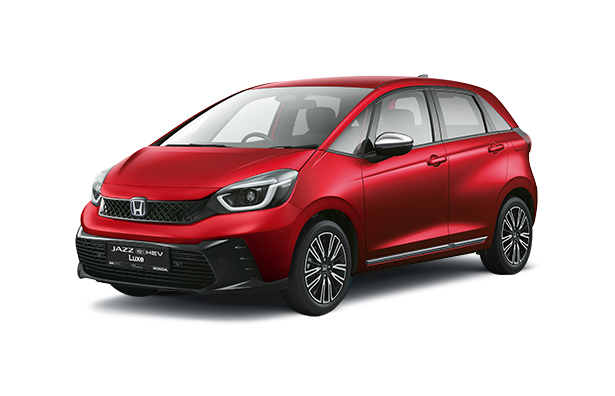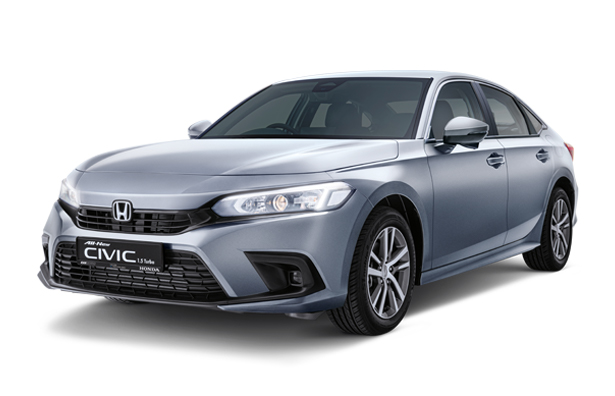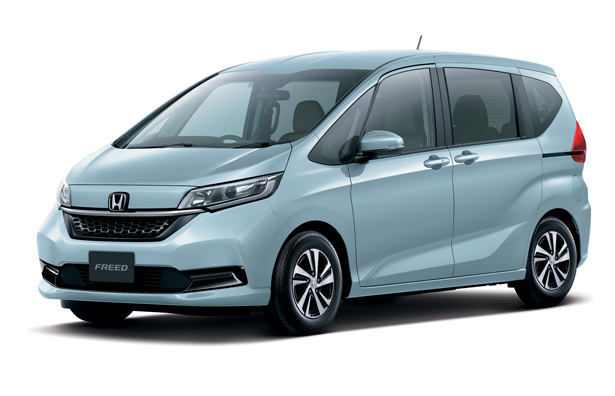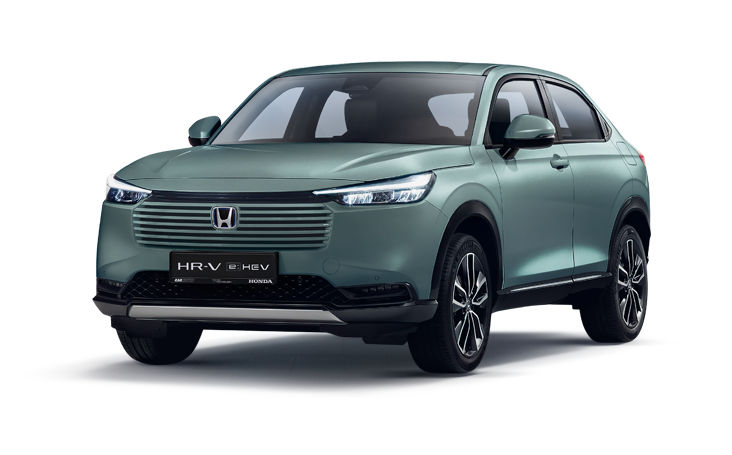City Heat
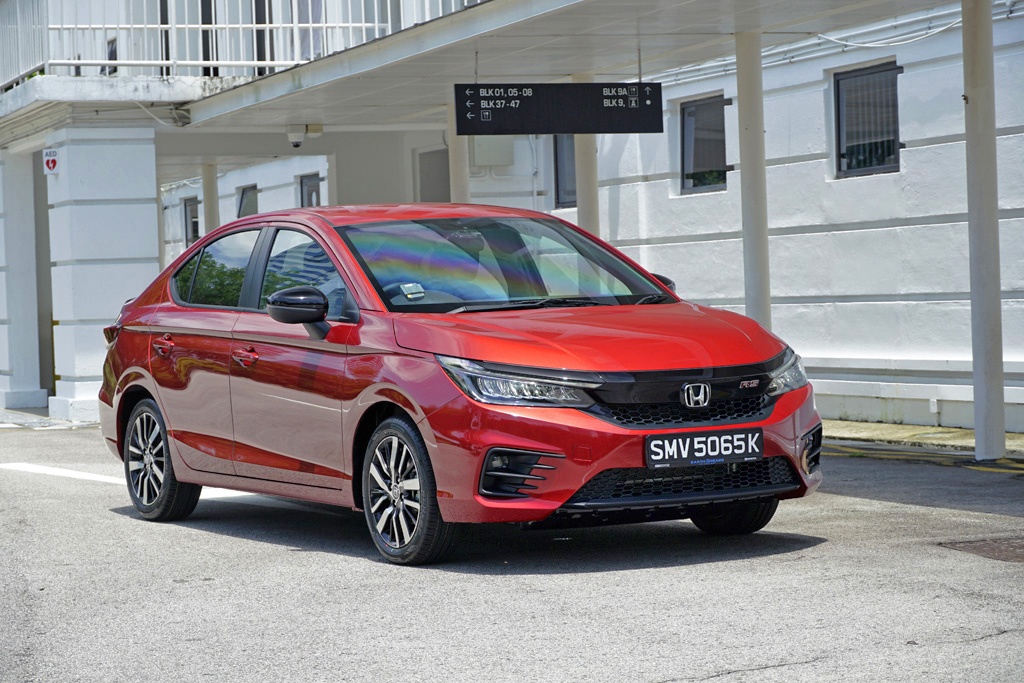
Fifth-gen Honda City brings serious heat to the compact sedan fight – but at what cost comes its progress?
This is the new fifth-gen Honda City, we’ve tested it, and it’s the best compact sedan in Singapore right now. But it’s not a case of stop reading now and go buy it, because there’s far more to it than that.
As always, read our news report on the car’s debut in Singapore earlier this year to get the full rundown on things – including why we’re not getting a 1.0-litre turbo, and why a CVT beats a manual.
But having driven the new City, we realise it’s a new kind of compact sedan. One that leaves the traditional appeal of the genre behind.
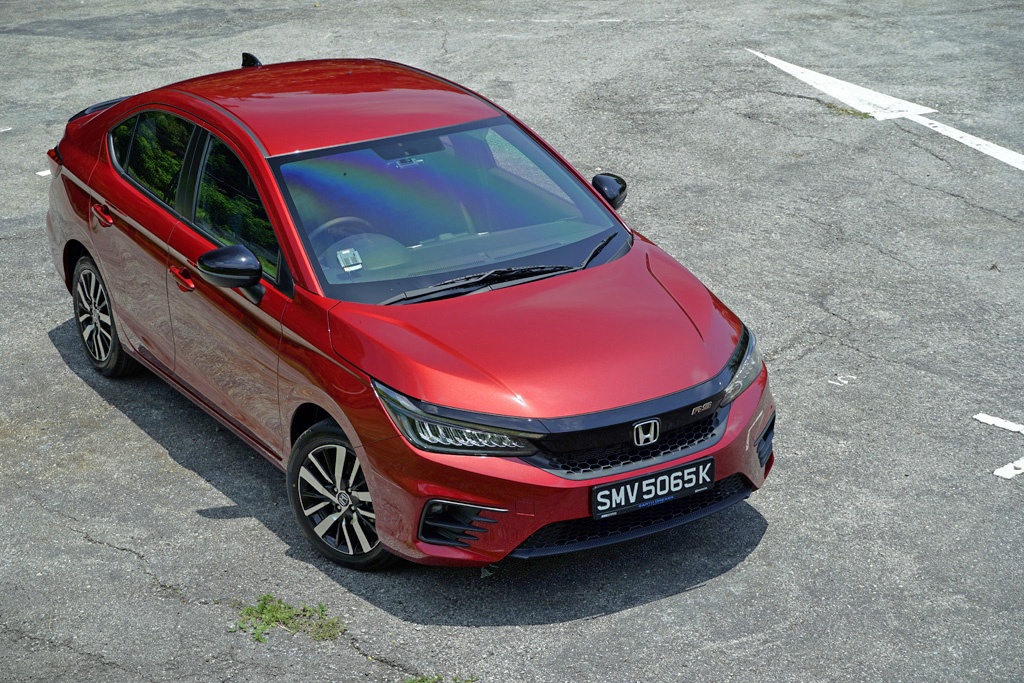
The old-school compact sedan of yore, the kind your dad probably bought if he was a no-frills kind of guy, was something that simply had to look un-ugly. Its virtues lie in being relatively spacious and cheap to run, and that was really about it.
But to see how the new City really moves things forward for the segment and at what price comes progress, read on.
Design and Appearance
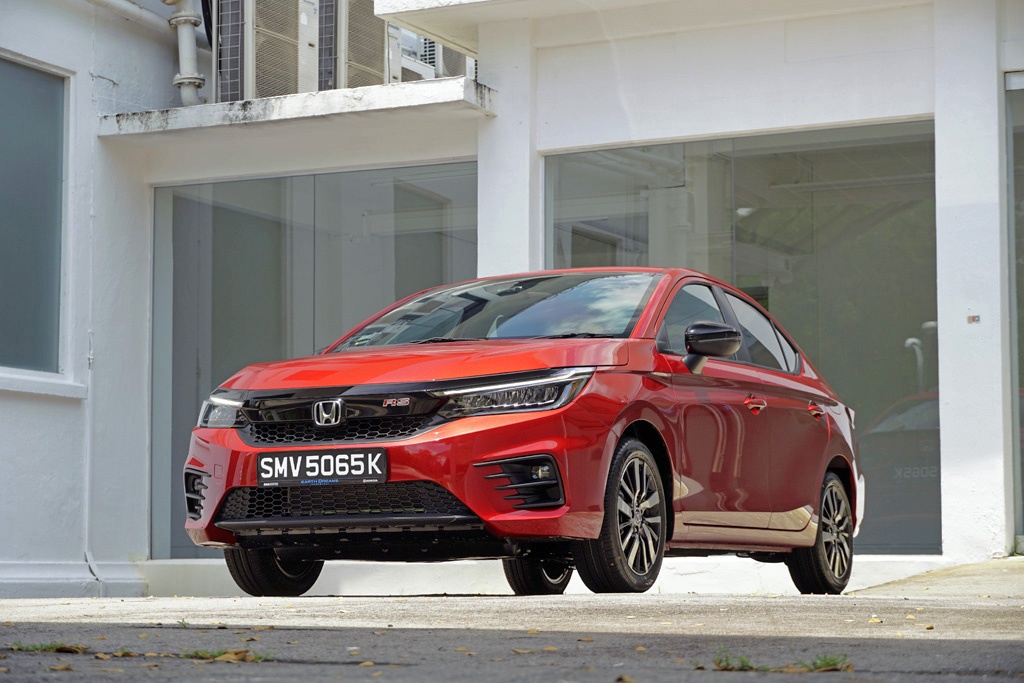
While old-school compact sedans are best exemplified by the previous-gen versions of the City and its arch rival, the Toyota Vios, there still is one example still on sale: The Mitsubishi Attrage, read our review to see what the least expensive Japanese sedan gets you these days.
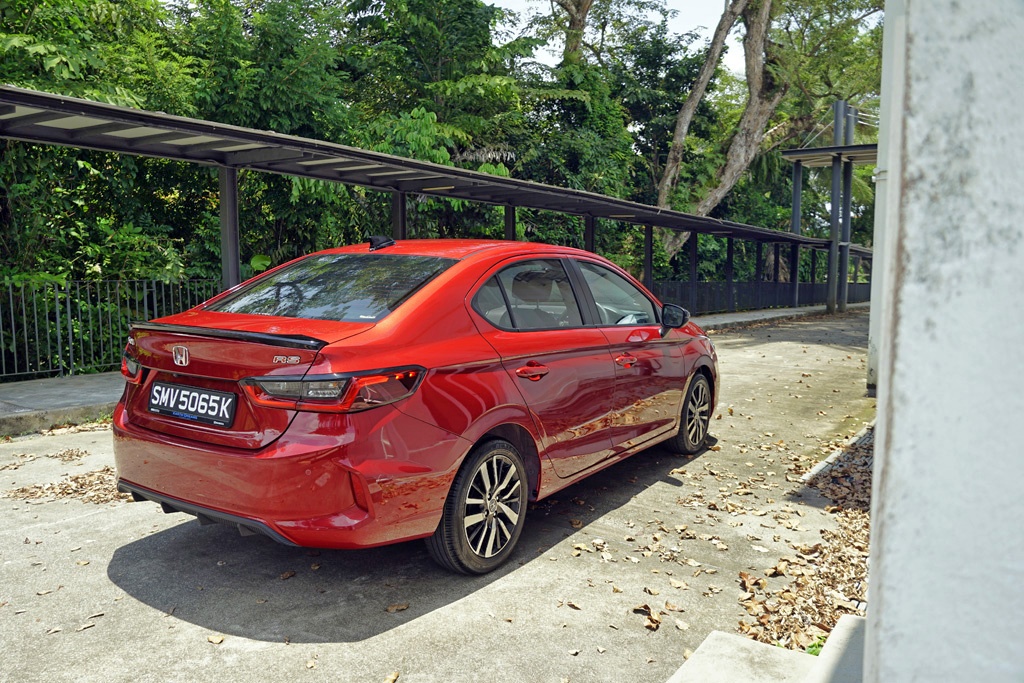
Honda has managed to pull off quite a feat here: Getting something that’s relatively narrow, tall, and not very long (i.e. every compact sedan) to look sporty and appealing, and closer to its big brothers the Civic and Accord.
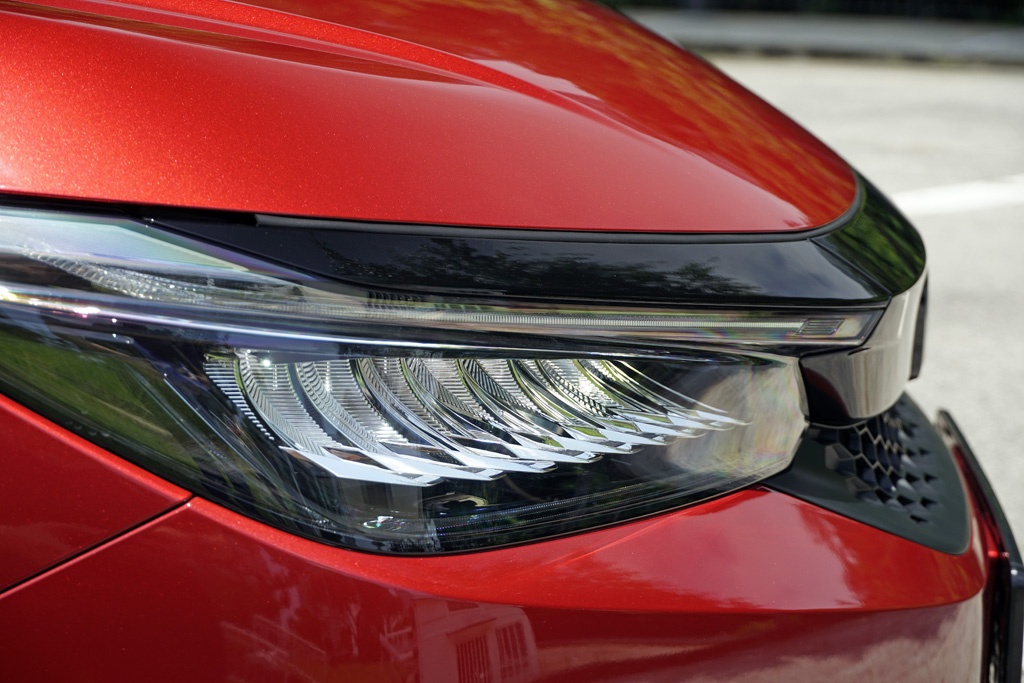
Most of that is achieved by drawing your eyes to the front end, which is purposeful-looking thanks to the squint-like LED headlights (all the lights are LEDs), the dark gloss section that holds the Honda logo and RS badge, and the air-intake section below.
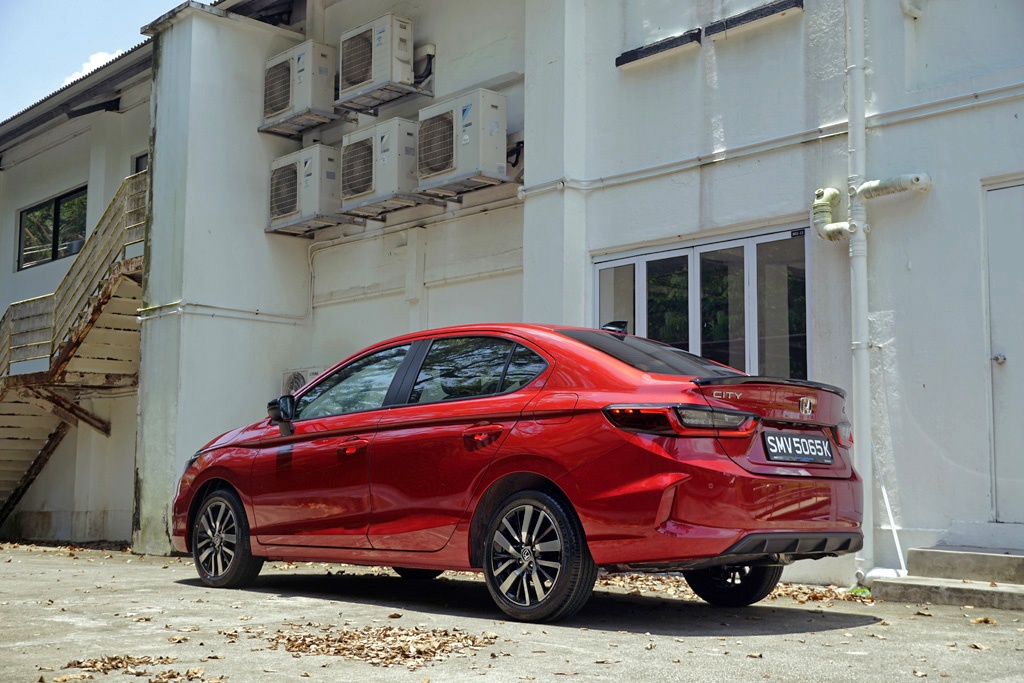
There’s also maturity here, this is no boy-racer wagon: The character line that runs from the headlights and all the way to the rear makes the car look lower, avoiding the more slab-sided look of its predecessor.
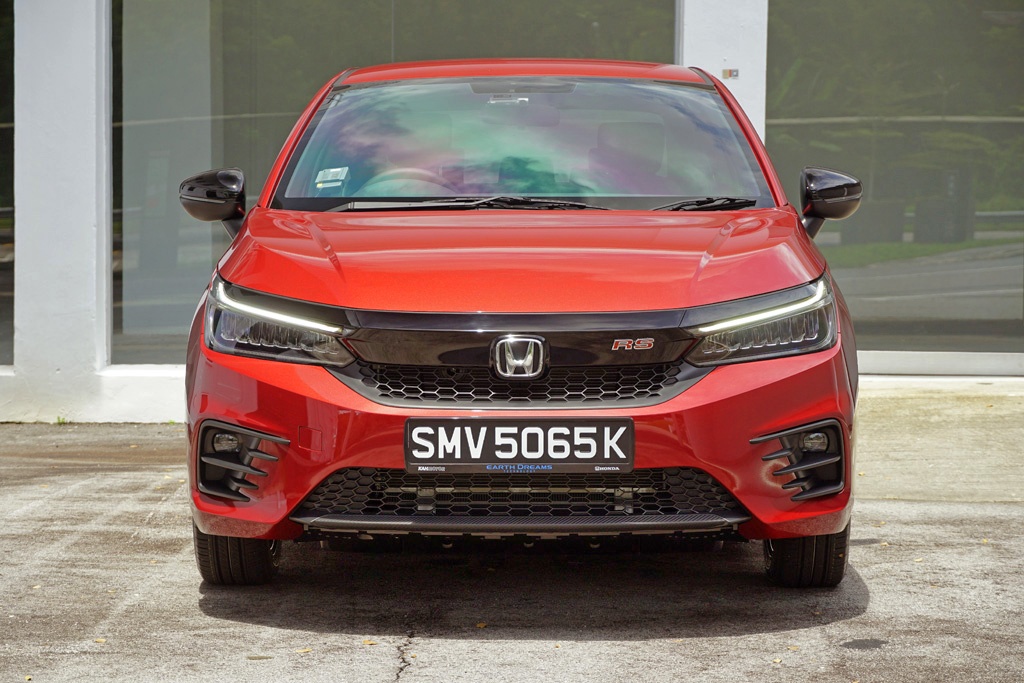
This is the RS model, which is the sportier, higher-spec model for Hondas (like the Jazz RS here) and the first time it’s been offered on the City. But the lower-spec SV model looks largely the same, even if it does miss out on the sportier grille/intake elements, the black front ‘eyebrow’ and the bootlid spoiler.
Interior and Features
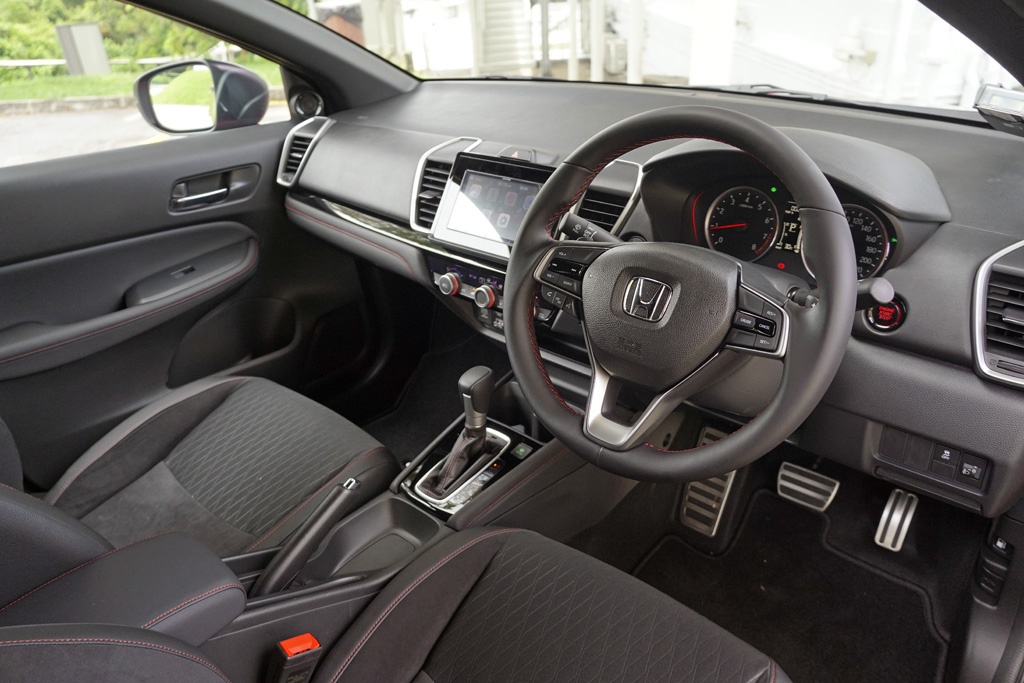
Here the City cribs from the Civic again: The cockpit has a simple, uncluttered layout, one that puts the driver at the centre of the action. The steering wheel is leather with red stitching, has lovely-feeling buttons and shift paddles (only on the RS).
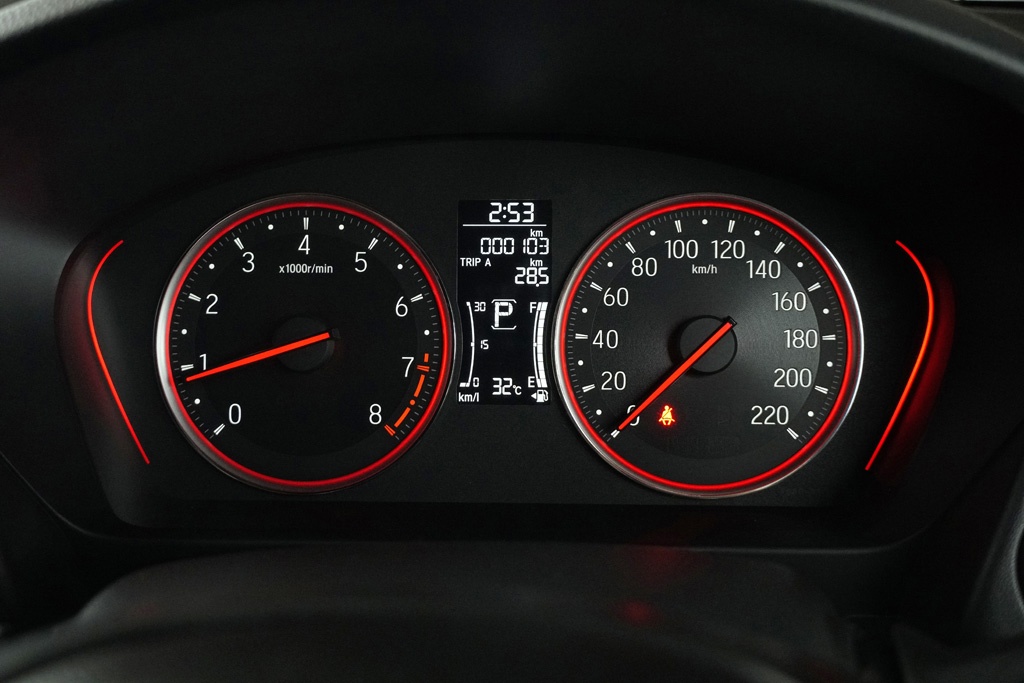
The instruments aren’t fully digital – almost a rarity these days – but clear and easy to read, while the infotainment system is thoroughly modern. It’s a 7.0-inch touchscreen system (made by Alpine) and while it isn’t the brightest screen around (it washes out a little in bright daylight) it does have Android Auto and Apple CarPlay.
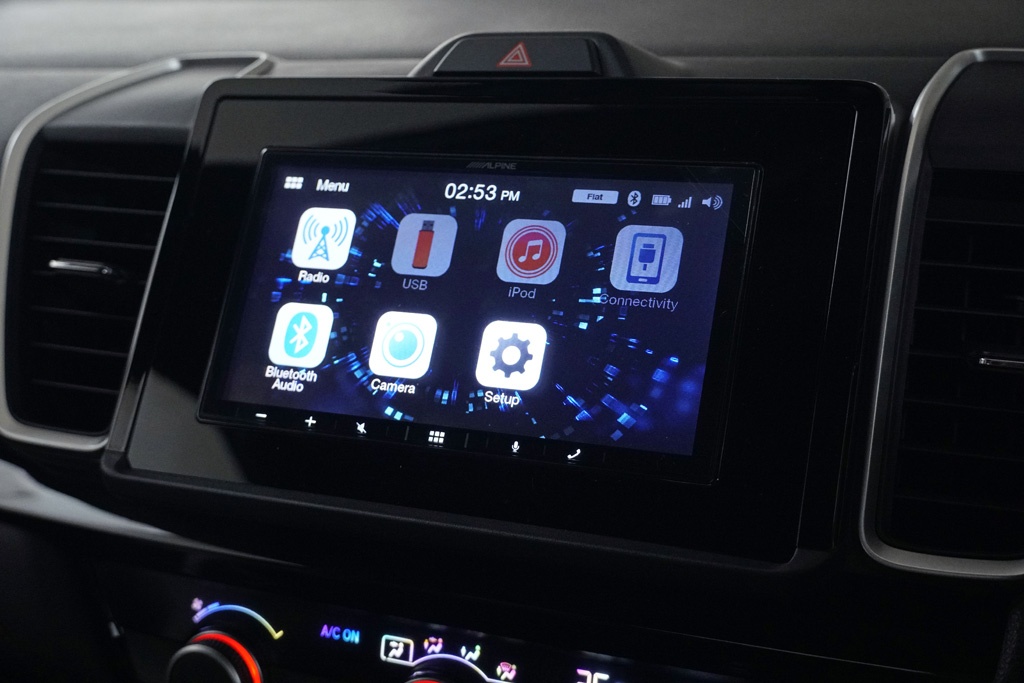
Also, the RS gets a better eight-speaker sound system whose quality is quite good, especially considering most compact sedans do no better than a smartphone when it comes to blasting tunes.
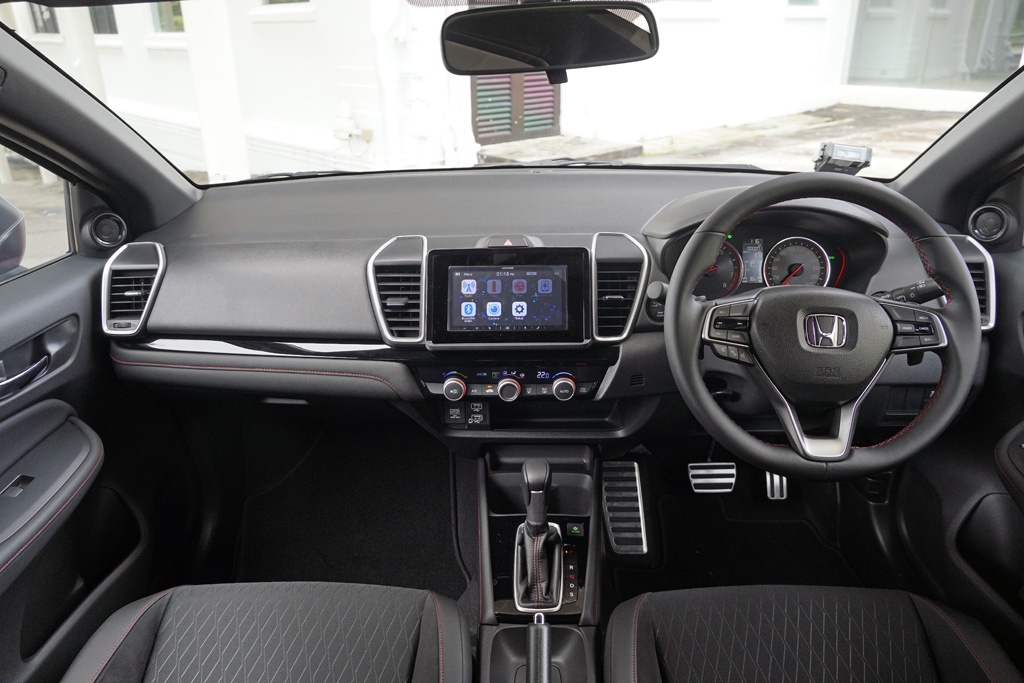
While you’ll notice where the cost-cutting happens, you never quite think, “Really? They thought to save cost THERE?”. For example, there’s lots of hard, black plastic on the upper dash and doors, but it feels and looks more minimalist and durable rather than rattly and penny-pinched.

Standard equipment includes keyless entry/start, the infotainment system and good sound, full LED lights. Like other compact sedans, the lights, wipers, and mirror dimming are all manual, though the City does have a minor feature competitors don’t: Remote start, where you can start the engine while standing outside the car – watch our video review for a demo of that.
The City RS has a decent feature set but not an amazing one, and we lament the omission of active safety features, especially considering the Koreans are starting to offer them at this price point too.
Space and Practicality
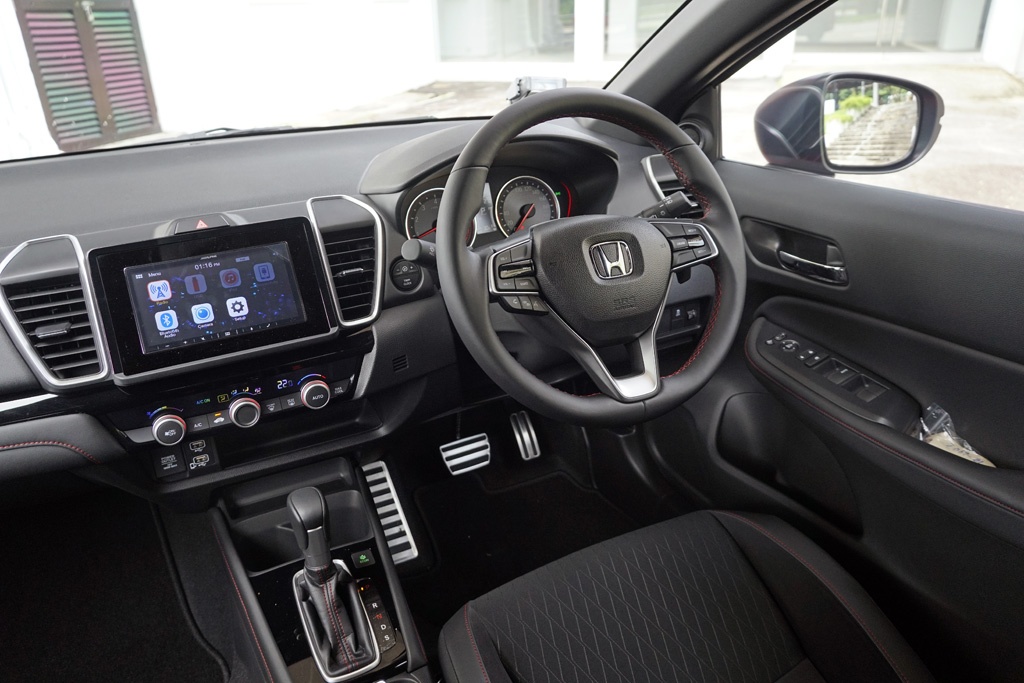
Just like it can balance a budget and make an inexpensive interior look good, Honda has always had ways to maximise space in a Harry Potter-like fashion (you know like those tents).
The cockpit has plenty of stowage space – under the central dash is a dual-tiered shelf, there’s also an armrest box. There’s also a very clever dual smartphone slot that can accompany even large phablets, next to the handbrake, so your iPhone 11 Pro Max doesn’t go flying off into oblivion at the first hard corner you throw the car into.
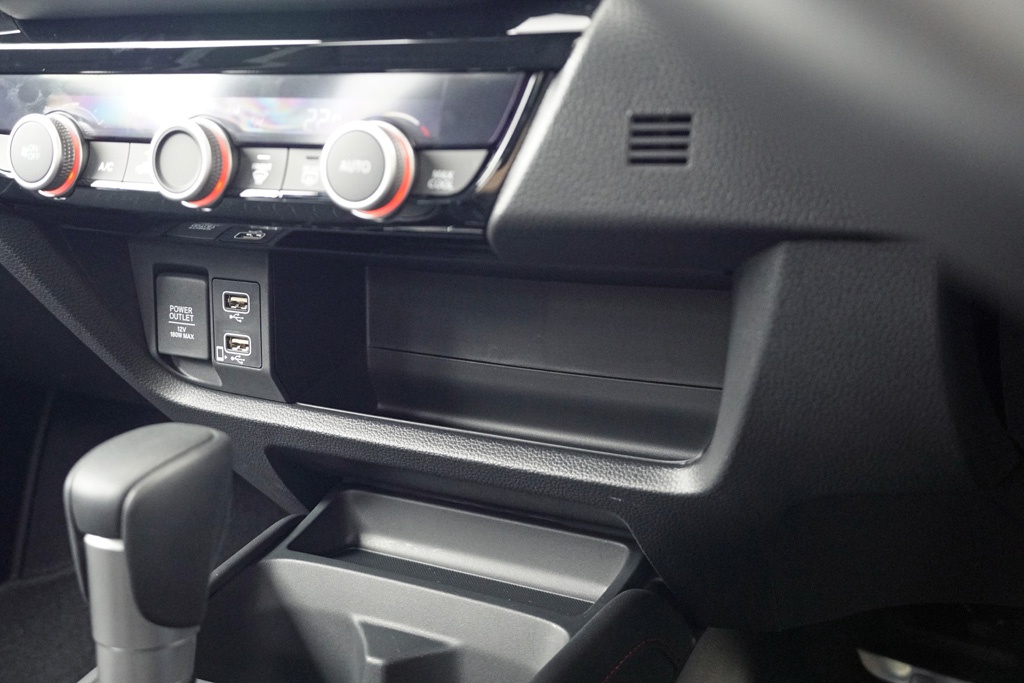
Honda has traded rear headroom for a more attractive silhouette and you can’t blame it, not when SUVs are driving sales because of the way they look. That trend already was in full-swing with the coupe-like Civic, and even Hyundai’s gone radical with the mainstream sedan, the Avante.
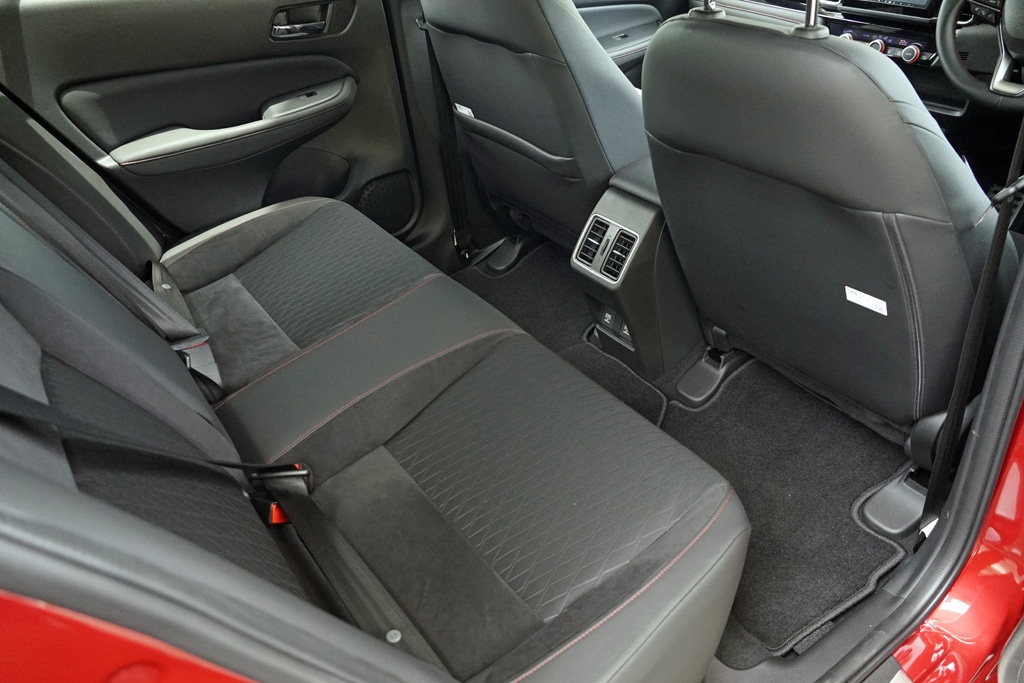
As a result, tall people (1.8-metres and above) will have their heads foul the headliner if they lean all the way back to the rest, but making up for that is the rather ludicrous amount of legroom, which feels equal to the Civic’s almost – and that’s a car one size up. Like most compact cars, you can fit three adults in the rear bench, but it feels like it would be less of a problem with the City.
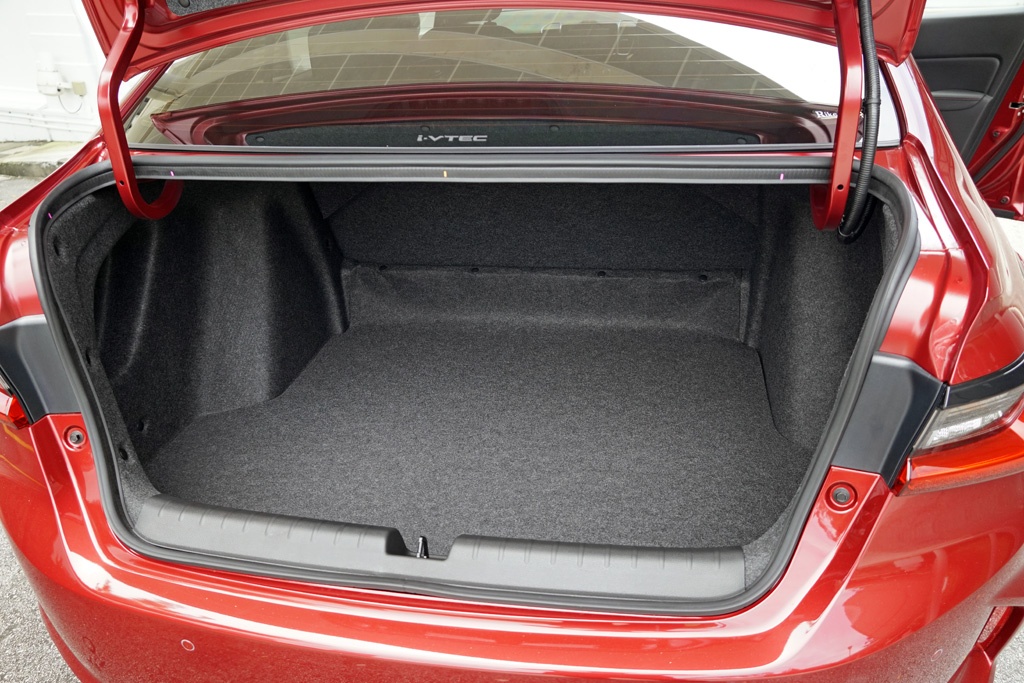
The boot space is excellent, at 519-litres, a bucket more than the Vios at 506-litres, and significantly more than the Attrage’s 450-litre capacity. The boot aperture is surprisingly wide and generous, despite the car’s styling, but one minus is that the rear seats do not fold down, so don’t count on carrying very long objects in the City.
Driving Experience
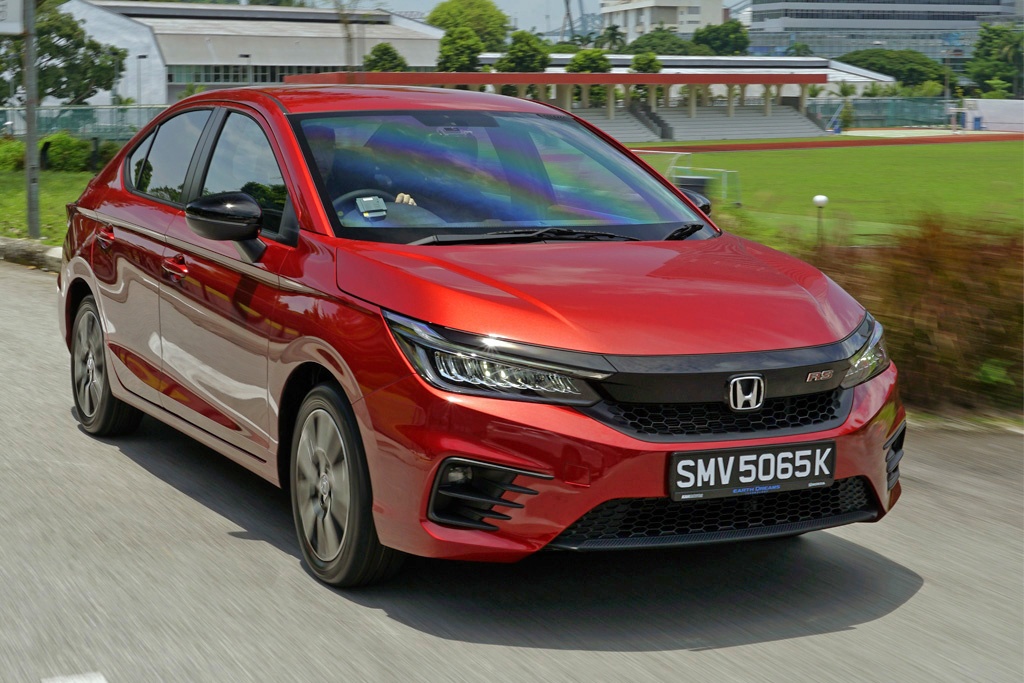
When it comes to compact sedans, the traditional expectations range from ‘Oh it can get me from A to B’ to ‘Oh it’s perfectly competent’. On paper, the City seems to be more of the same – after all it has the same CVT and 1.5-litre engine as the previous one, no there’s no 1.0-litre turbo since it would have made the car at least S$10k more expensive.
In practise, it’s probably the best driving compact sedan we’ve ever tried, out of the box. It’s still not a fast car, but it is relatively sprightly and quick with a 0-100km/h time of 10.9 seconds compared to 12.8s for the Vios and 13.3s for the Attrage.
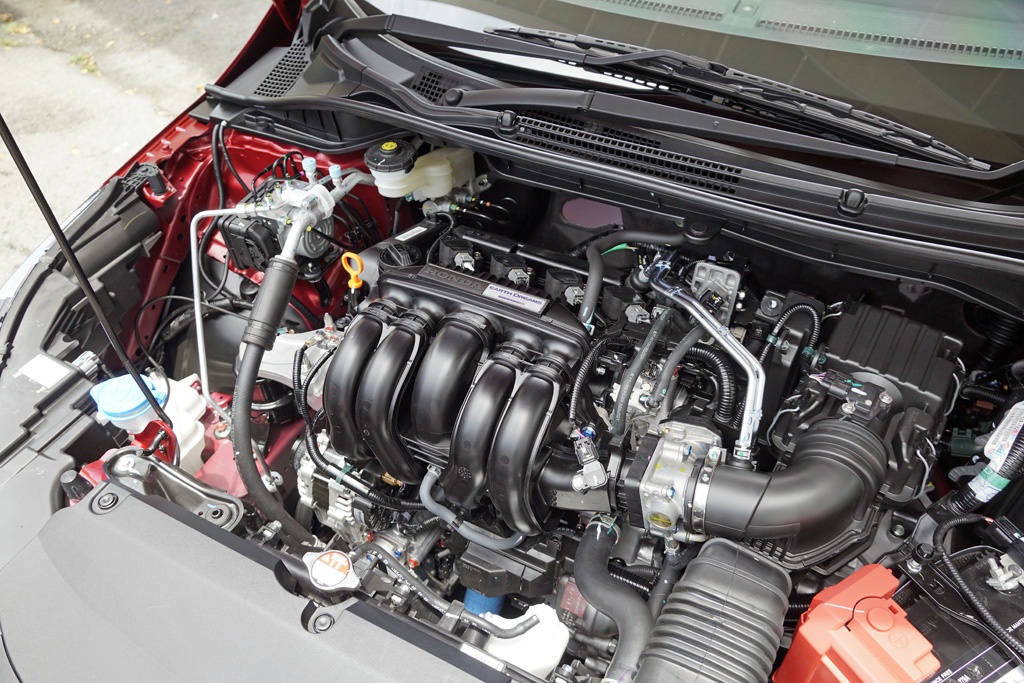
The City’s never a chore to drive, the seats and cockpit ergonomics are flawless, while the refinement below 100km/h is excellent as well. The ride quality is generally good, it does get a little unsettled over really rough roads, but it still rides far better than similar sized SUVs.
As a daily driver, it’s almost sin-free – besides the slightly vocal engine drone – since it has all the things that make a good city (ahem) runabout: Great visibility, easy-to-judge dimensions, perky low end acceleration , and excellent fuel efficiency. Hitting sub-6.0L/100km should be easy, especially if you turn on the Eco drive mode.
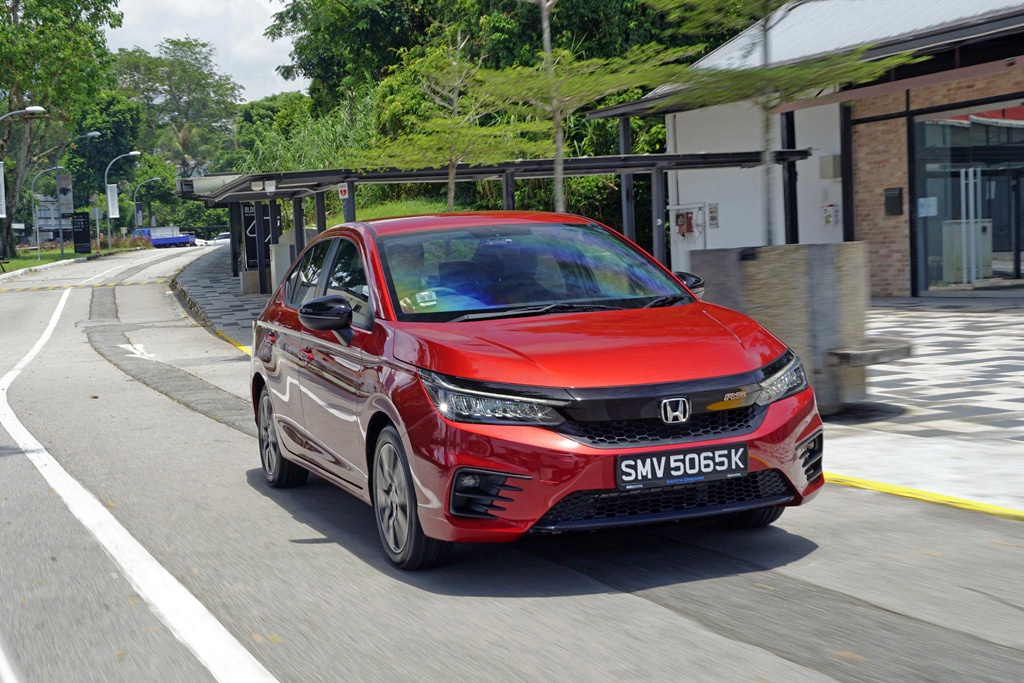
But putting the heat on the City in a small handling course is where it shines. While the car has the familiar compact sedan suspension setup (McPherson front, torsion beam rear) it handles like it looks, with a surprisingly deep well of capability and grip, and it actively engages you in the process, something few other sub-$100k cars can boast.
Competition and Pricing
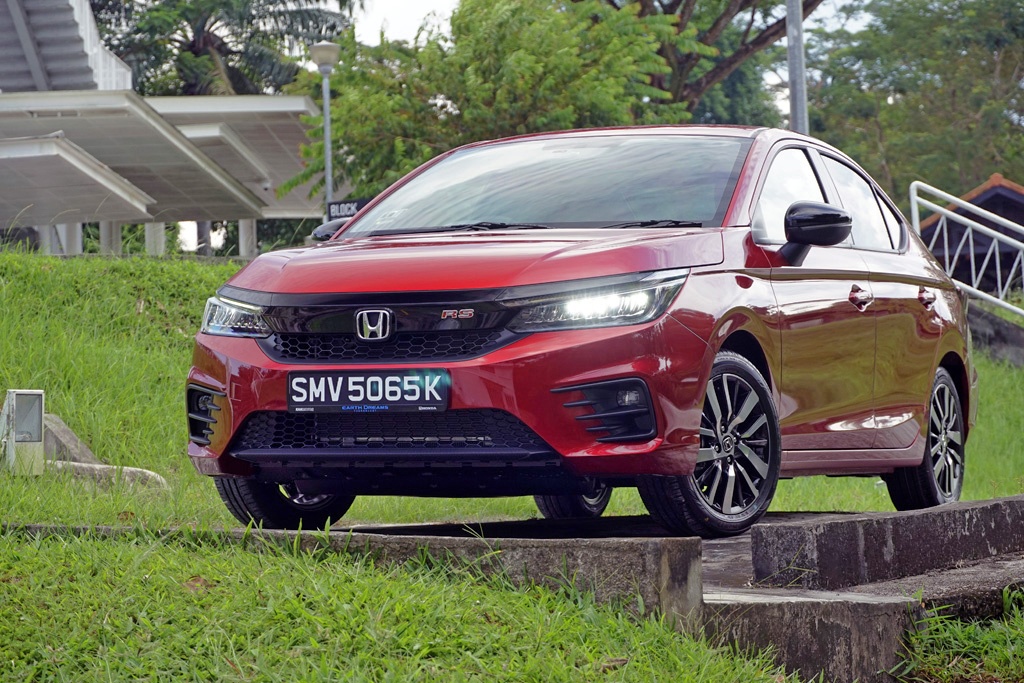
So the City has ‘urbanised’ and could, in theory, be one of the best cars for Singapore: Small, sporty, fun to drive but also economical, presentable, and also having just enough technology to tempt millennials but not enough to scare away oldsters.
The big but is the price: As mentioned in our news story, the City has a SV (base) and RS (high) spec. Now, the City SV begins at S$89,999 with COE after October’s first round of Cat A COE price relented a little, and the RS model driven here goes for S$92,999 with COE.
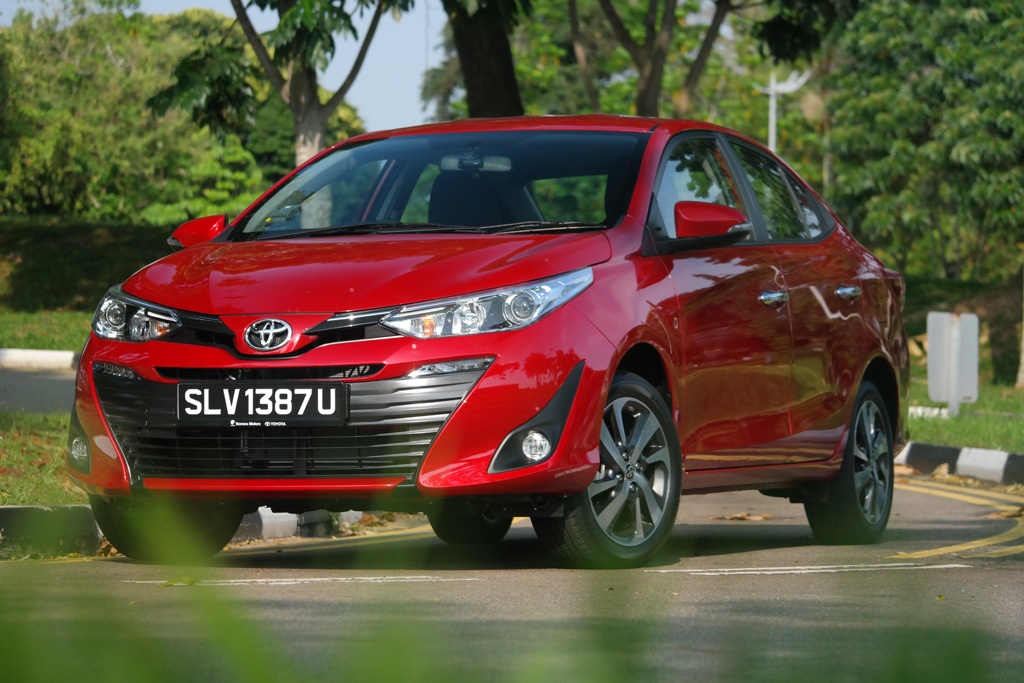
Compare that to the Toyota Vios which starts at S$79,888 with COE for the base E model, and S$85,888 with COE for the higher-spec G model.
Thing is, the City’s not that difficult a choice to make if you compare it to other compact sedans – a S$7k premium for the latest and best in segment? Certainly something to ponder for the mainstream buyer, but not an inconceivable one.
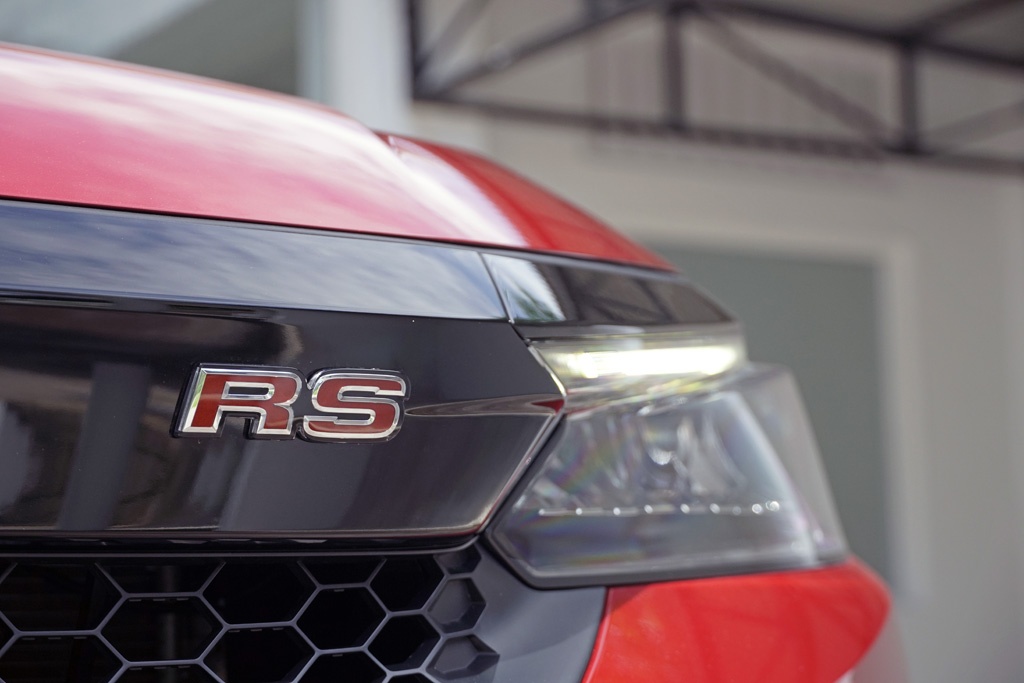
But if you compare it to other mainstream cars, the decision gets harder – a City RS for S$92,9999 with COE – or go a size up to a Civic 1.6 for S$97,999 with COE, or HR-V for S$95,999 with COE? And that’s not mentioning the legion of mainstream crossovers that come in all sizes and shapes priced close to the City.
Conclusion and Video Review
There’s little doubt that the City moves the compact sedan segment to places it’s never been before, and in CarBuyer’s experience it’s very clearly a segment leader: One that can deliver a superb experience when compared to its competitors and even when compared to cars a segment up. Yet that’s also its problem, with a pricetag close to the latter. With COE prices on the up, compact sedans and hatches will be the first to decline so if you really like the idea of a City, it’s best to move in right now.
Catch the video review here.
Credits: CarBuyer. Author: Derryn Wong
Original Source: https://www.carbuyer.com.sg/2020-honda-city-rs-review-city-heat

